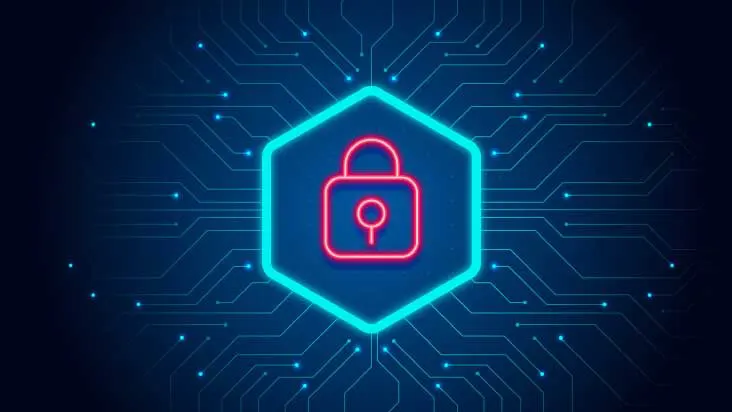As technology advances, the number and complexity of cyberattacks also increase. Cybersecurity training is essential for any business or organization that wants to protect its information and systems from attack.
This blog post will discuss the 5 phases of security that should get addressed in training. Each stage is critical in protecting your business from cyberattacks. Let's take a closer look at each one!
The 5 phases of security that should address in cybersecurity training are:
PHASE 1: Pre-Attack Phase:
The pre-attack phase is when an attacker begins to research and plan an attack. During this phase, attackers will gather information about their target, such as what systems they are using, what vulnerabilities those systems have, and how to exploit them.
It is crucial to address the pre-attack phase in cybersecurity training because it is during this phase that attackers can stop before they even begin their attack.
PHASE 2: Attack phase:
During this phase, the attacker will try to exploit vulnerabilities to gain access to the system. They will attempt to cover their tracks to continue their attack without being detected. It is where having a good cybersecurity training program comes in handy. By teaching employees how to identify and respond to attacks, you can help protect your business from these threats.
PHASE 3: Deploying security tools and technologies
The third phase of security is deploying security tools and technologies. This phase includes installing and configuring firewalls, intrusion detection and prevention systems, and other security controls. It also involves developing and implementing policies and procedures for using these tools and technologies. Cybersecurity training should provide employees with the knowledge and skills necessary to effectively deploy these tools and technologies.
PHASE 4: Monitoring and responding to security events
The fourth phase of security is monitoring and responding to security events. This phase includes continuously monitoring security incidents, investigating potential incidents, and taking appropriate actions in response to incidents. This phase also includes maintaining up-to-date knowledge of security threats and vulnerabilities and implementing controls to mitigate or prevent these threats and vulnerabilities.
PHASE 5. Implementing security controls
The fifth and final phase of security is implementing security controls. This phase includes identifying, designing, and implementing adequate security controls to protect information assets. Security controls can consist of physical security measures, such as guards and fences; technical security measures, such as firewalls and encryption; or administrative measures, such as policies and procedures.
The type and extent of security controls will vary depending on the nature of the protected information assets and the risks associated with those assets. Cybersecurity training should address all five phases of security to provide employees with the knowledge and skills they need to protect information assets.
Explore cyber security certifications online with Imarticus Learning
The certificated ethical hacker course collaborates with industry leaders to provide future cybersecurity professionals with the best learning experience possible. This intensive curriculum will educate students for Cybersecurity Analyst, Penetration Tester, Incident Handler, and SOC Team Member roles.
Course Benefits For Learners:
- Students will delve deeply into ethical hacking, penetration testing, and real-world case studies throughout the information security courses.
- Learners will also instruct to deal with problems and receive intensive training as SOC team specialists.
- Our expert instructors will give cyber security training online, covering the fundamentals of security procedures, tools, software, and approaches.










